Top-secret intelligence operations that changed the world
Throughout history, secret operations have shaped the course of nations, often hidden behind a veil of mystery. These covert missions, brimming with intrigue, have played pivotal roles in global events, often unknown to the public eye.
From cryptic codes to clandestine espionage, the world of secret operations is as fascinating as it is complex. Join us on a journey through some of the most influential clandestine missions that have left an indelible mark on world history.
The Enigma Code: Cracking the Nazis’ Secrecy
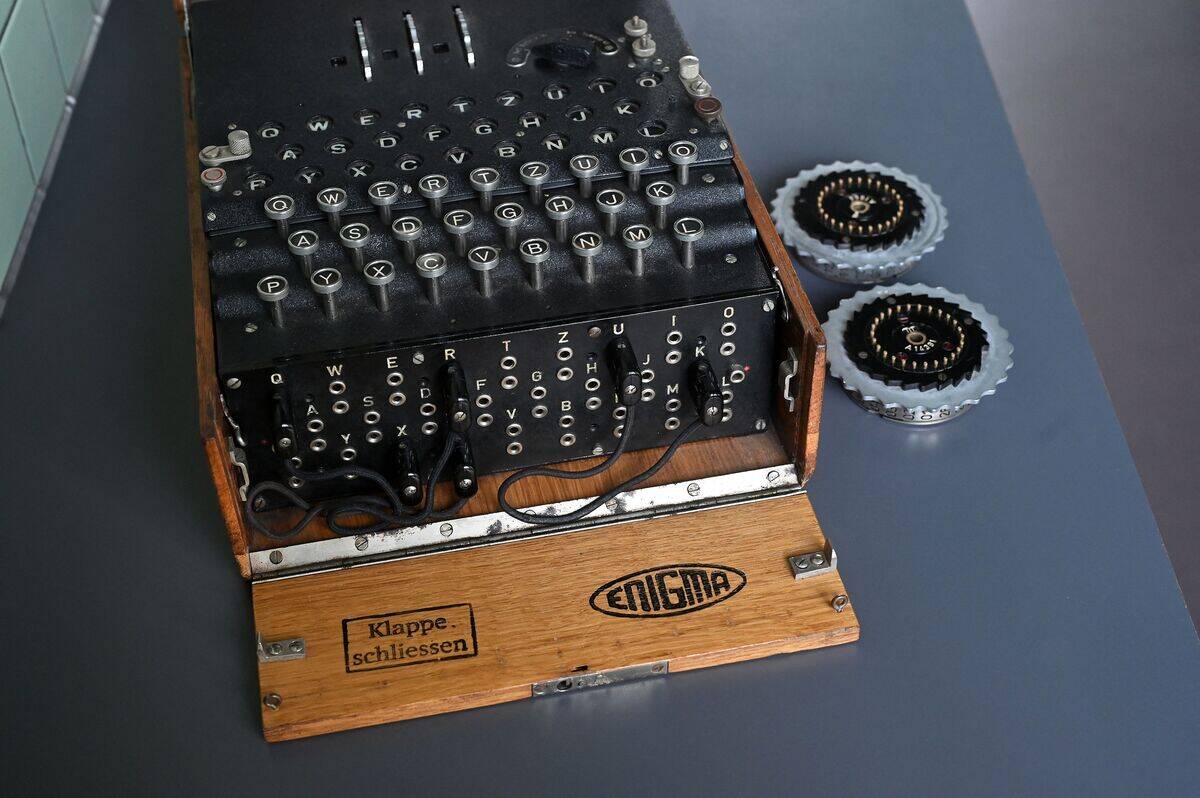
During World War II, the Enigma machine was the Nazis’ tool for encrypting communications. It seemed unbreakable until the brilliant minds at Bletchley Park, including the famed Alan Turing, cracked its code.
This breakthrough significantly shortened the war, saving countless lives. Imagine the pressure of deciphering what was considered an unsolvable puzzle! The Enigma’s complexity lay in its rotors and plugboard, which offered 150 quintillion possible settings, yet it was human ingenuity that triumphed in the end.
The Manhattan Project: Birth of the Atomic Age
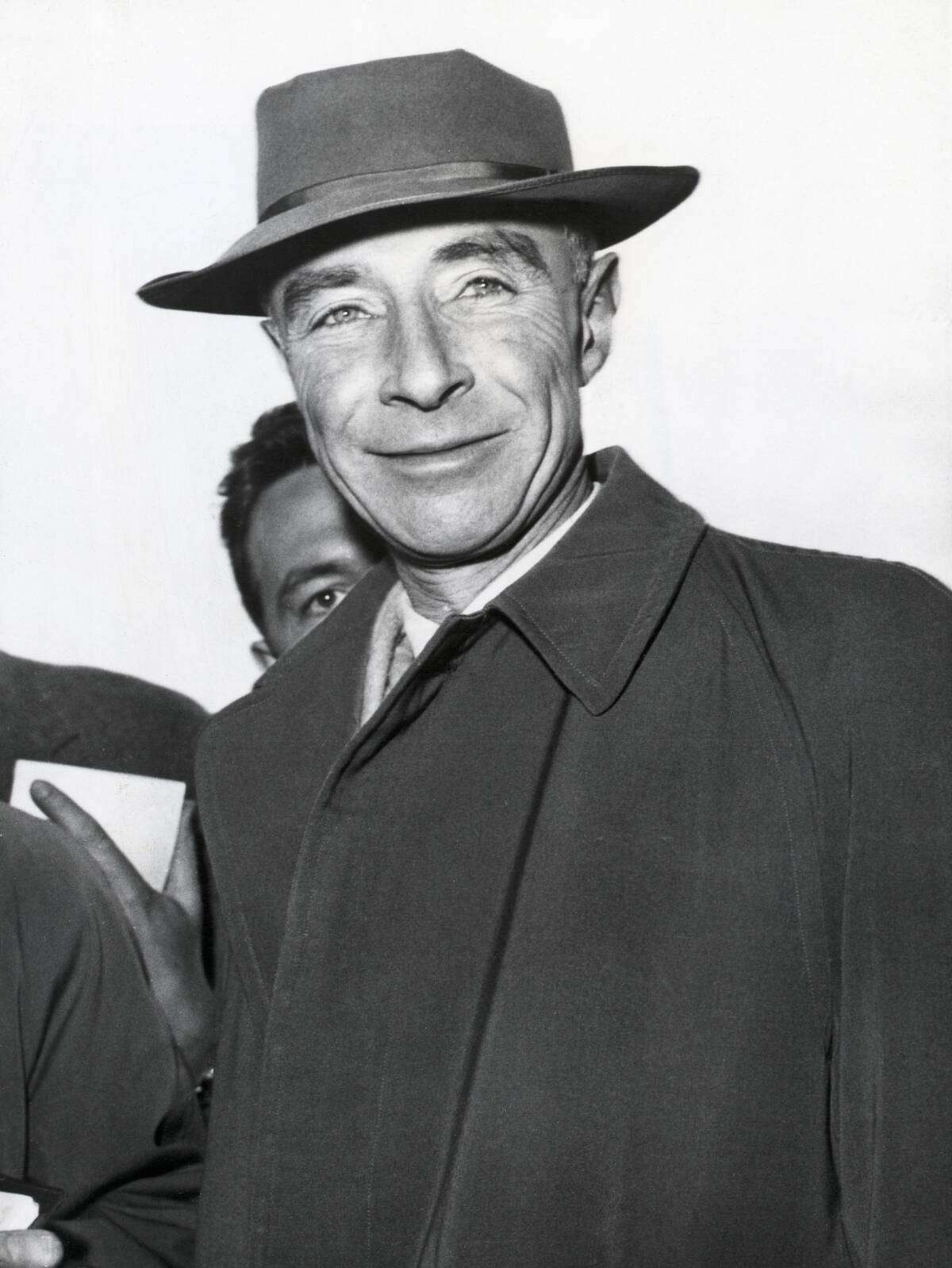
The Manhattan Project was a monumental secret operation that ushered in the atomic age. It was a collaboration of the United States, the United Kingdom, and Canada to develop the first nuclear weapons.
With minds like J. Robert Oppenheimer at the helm, the project led to the creation of the bombs dropped on Hiroshima and Nagasaki. This operation not only changed warfare but also sparked an arms race that would define international relations for decades. The ethical implications still spur debate today.
Operation Mincemeat: The Art of Deception in WWII

Operation Mincemeat was a masterclass in wartime deception. The British devised a plan to mislead the Axis powers by planting fake documents on a corpse disguised as a British officer. This operation led Hitler to divert troops away from Sicily, the actual invasion target.
It’s a tale of creativity, involving everything from forged papers to an elaborate backstory for the fictional Major William Martin. The success of Operation Mincemeat is a testament to the power of misdirection in wartime strategies.
Project Azorian: Raising a Sunken Soviet Submarine

In the 1970s, the CIA embarked on Project Azorian, a top-secret mission to recover a sunken Soviet submarine from the ocean floor. The operation was a remarkable feat of engineering and secrecy, using the specially designed ship, Glomar Explorer (pictured).
Although the mission was only partially successful, it demonstrated the lengths nations would go to gather intelligence during the Cold War. The operation’s classified nature was maintained for decades, only adding to its aura of mystery and intrigue.
Operation Paperclip: Recruiting the Brains Behind Enemy Lines
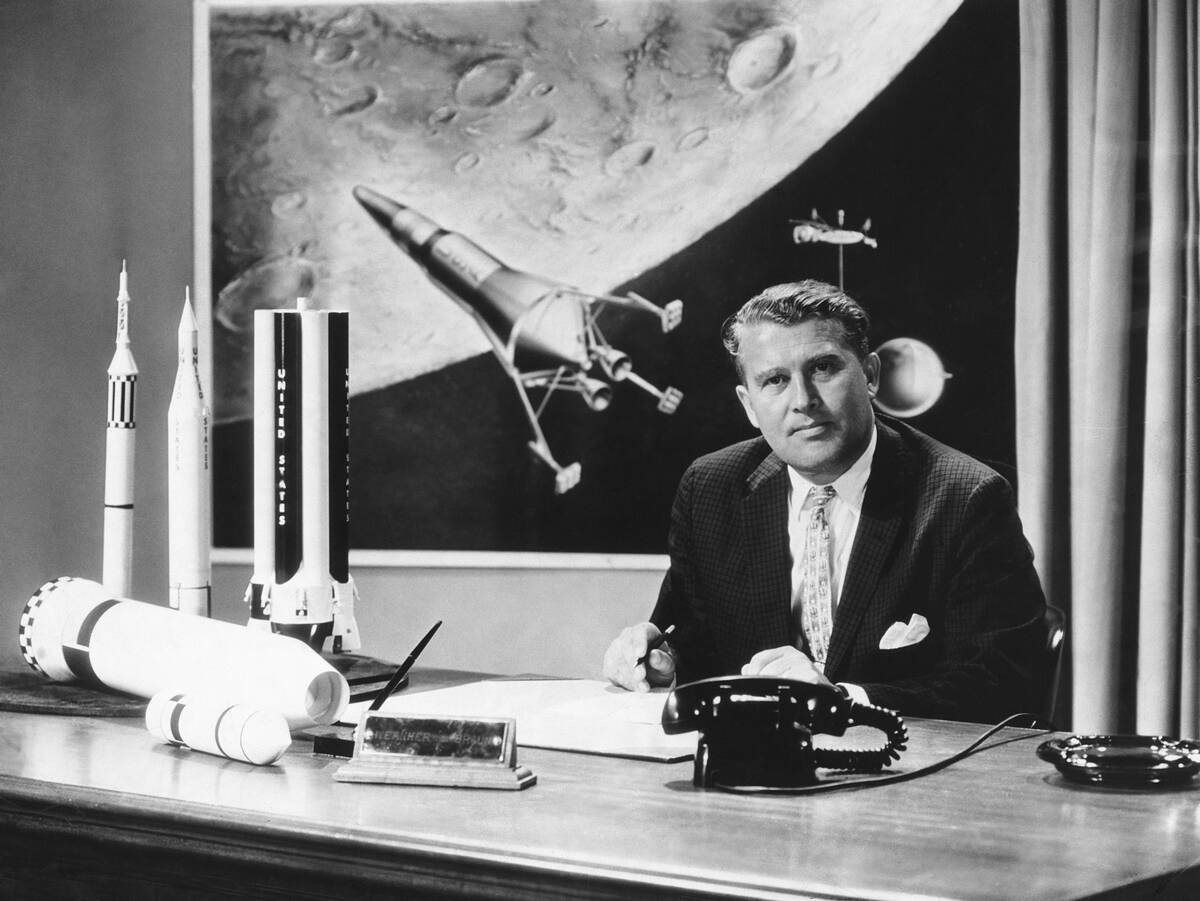
At the end of World War II, Operation Paperclip aimed to recruit German scientists, including rocket engineer Wernher von Braun, to work for the United States. This controversial program sought to capitalize on their expertise in technologies like rocketry, which later contributed to the U.S. space program.
Despite ethical concerns over the Nazi pasts of some scientists, Operation Paperclip was deemed essential for gaining a technological edge during the early Cold War years, illustrating the complex moral calculus in post-war geopolitics.
The Cambridge Five: A Spy Ring in the Heart of Britain
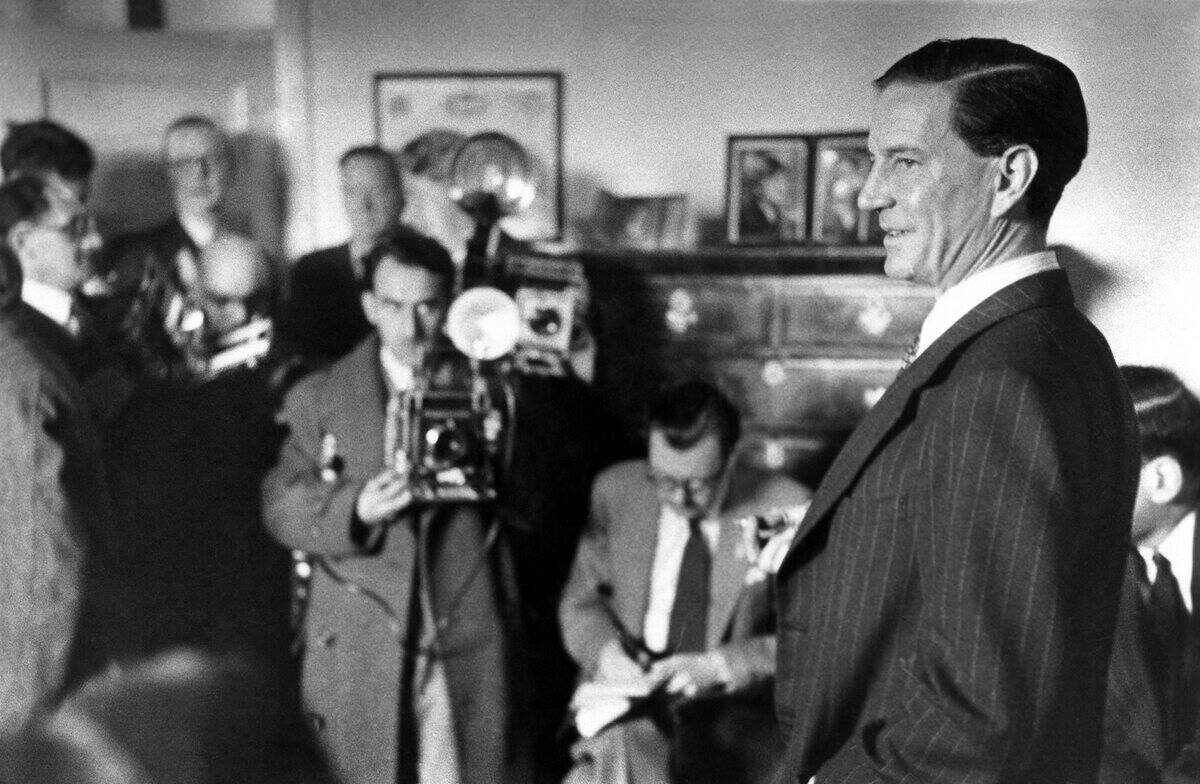
The Cambridge Five were a notorious spy ring within the British intelligence services, passing secrets to the Soviet Union during the 1930s to the 1950s. Comprised of Kim Philby, Donald Maclean, Guy Burgess, Anthony Blunt, and John Cairncross, their infiltration was a major embarrassment for British intelligence.
The group’s activities were not fully uncovered until much later, revealing the deep penetration of Soviet espionage. Their story is a reminder of the intricate webs of loyalty and betrayal in the world of spies.
Operation CHAOS: The CIA’s Domestic Surveillance Program

Operation CHAOS was an intriguing yet controversial CIA program aimed at monitoring the activities of domestic anti-war and civil rights groups in the 1960s and 70s. Initially intended to identify foreign influences, it expanded into widespread surveillance of American citizens.
This operation highlighted tensions between national security and civil liberties, leading to significant backlash and eventual reform. The program’s exposure raised public awareness about the extent of government surveillance, sparking debates that continue to resonate in today’s digital age.
The Rosenbergs: Espionage and the Atomic Weapon
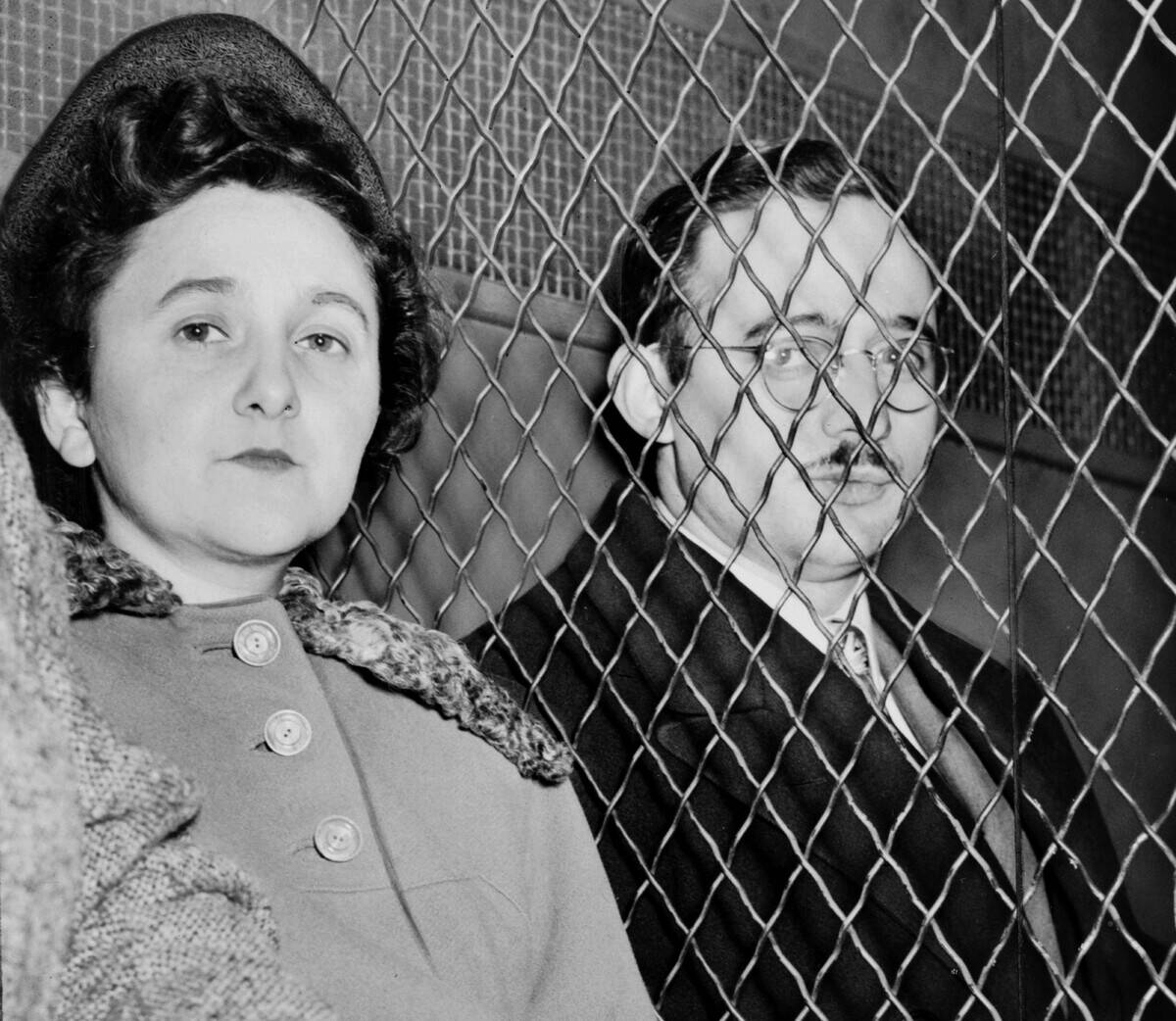
Julius and Ethel Rosenberg were at the center of one of the most famous espionage cases of the Cold War. Convicted of passing atomic secrets to the Soviet Union, they were tried and executed in 1953, which stirred global controversy.
The case was emblematic of the era’s intense fear of communism and its impact on American society. While some argue they were victims of a political witch hunt, others believe their actions significantly bolstered Soviet nuclear capabilities. Their legacy remains a topic of heated debate.
Operation Gold: Tunneling into East Berlin
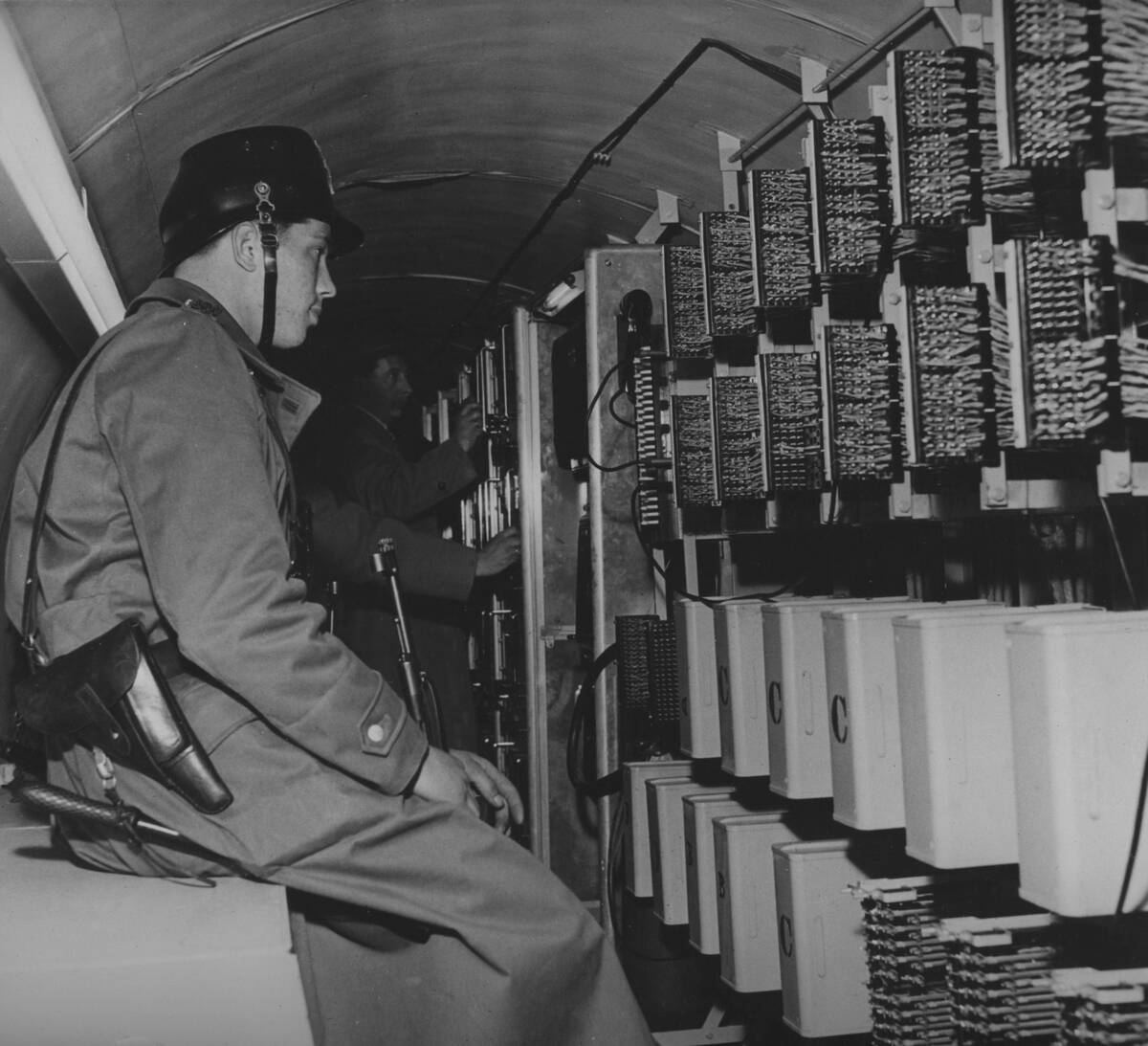
Operation Gold was a daring joint venture between the CIA and British intelligence to tap Soviet communication lines in East Berlin. The operation involved digging a tunnel to access these lines, allowing the West to eavesdrop on key Soviet military communications.
Despite its eventual exposure by a Soviet mole, the operation provided valuable intelligence before its discovery. This Cold War caper reflects the high-stakes espionage and the constant battle for information supremacy between superpowers during this tense period.
The U-2 Incident: A High-altitude Spy Plane Crisis
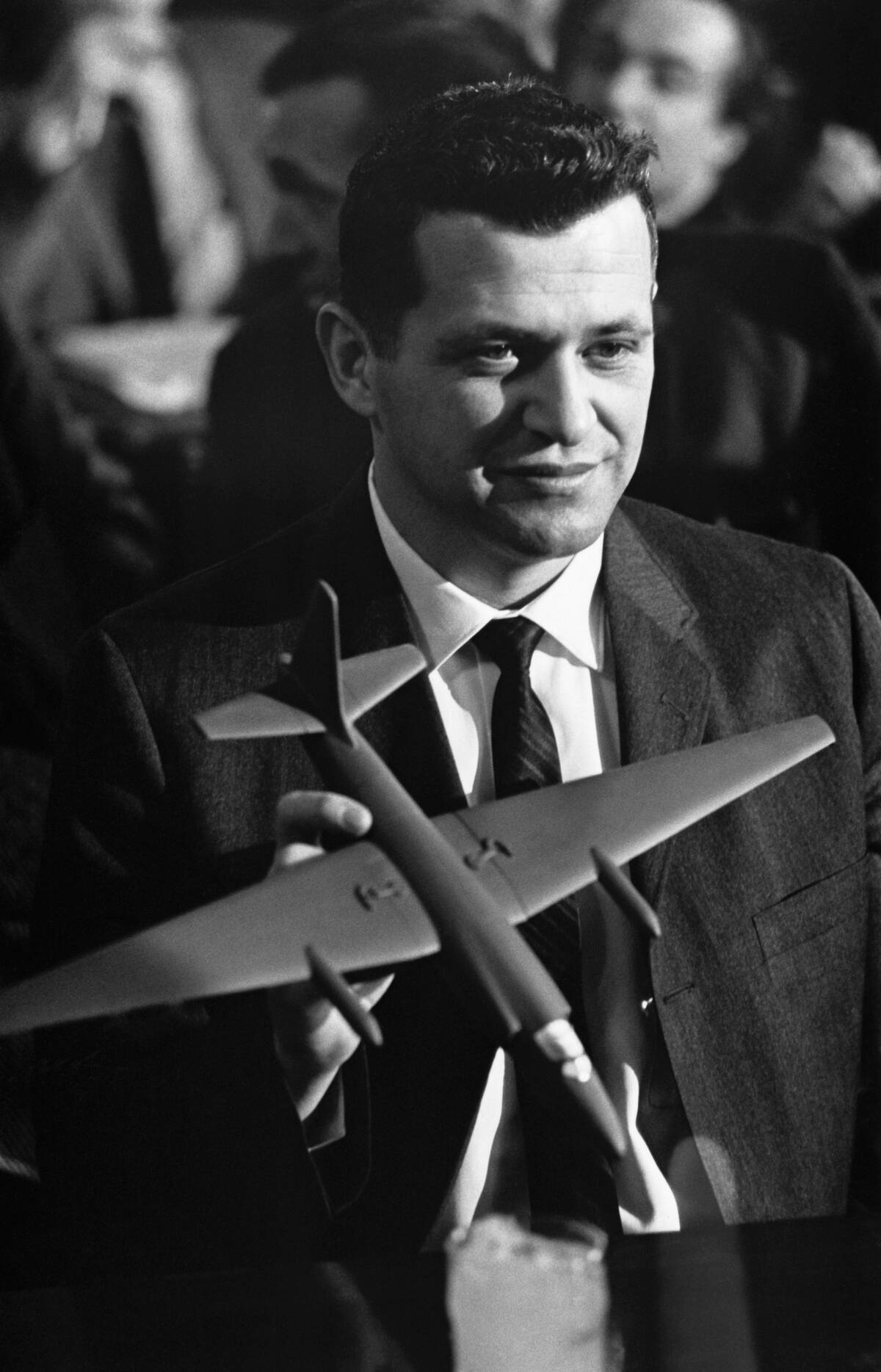
In 1960, the U-2 incident marked a significant Cold War confrontation when an American U-2 spy plane was shot down over Soviet airspace. Pilot Francis Gary Powers was captured, and the U.S. initially denied the espionage mission.
The incident led to a diplomatic crisis, canceling a planned summit between the U.S. and the Soviet Union. This event underscored the intense rivalry and mistrust that characterized the Cold War era, with high-altitude reconnaissance missions playing a crucial yet risky role in intelligence gathering.
Operation Gladio: NATO’s Stay-behind Secret Armies
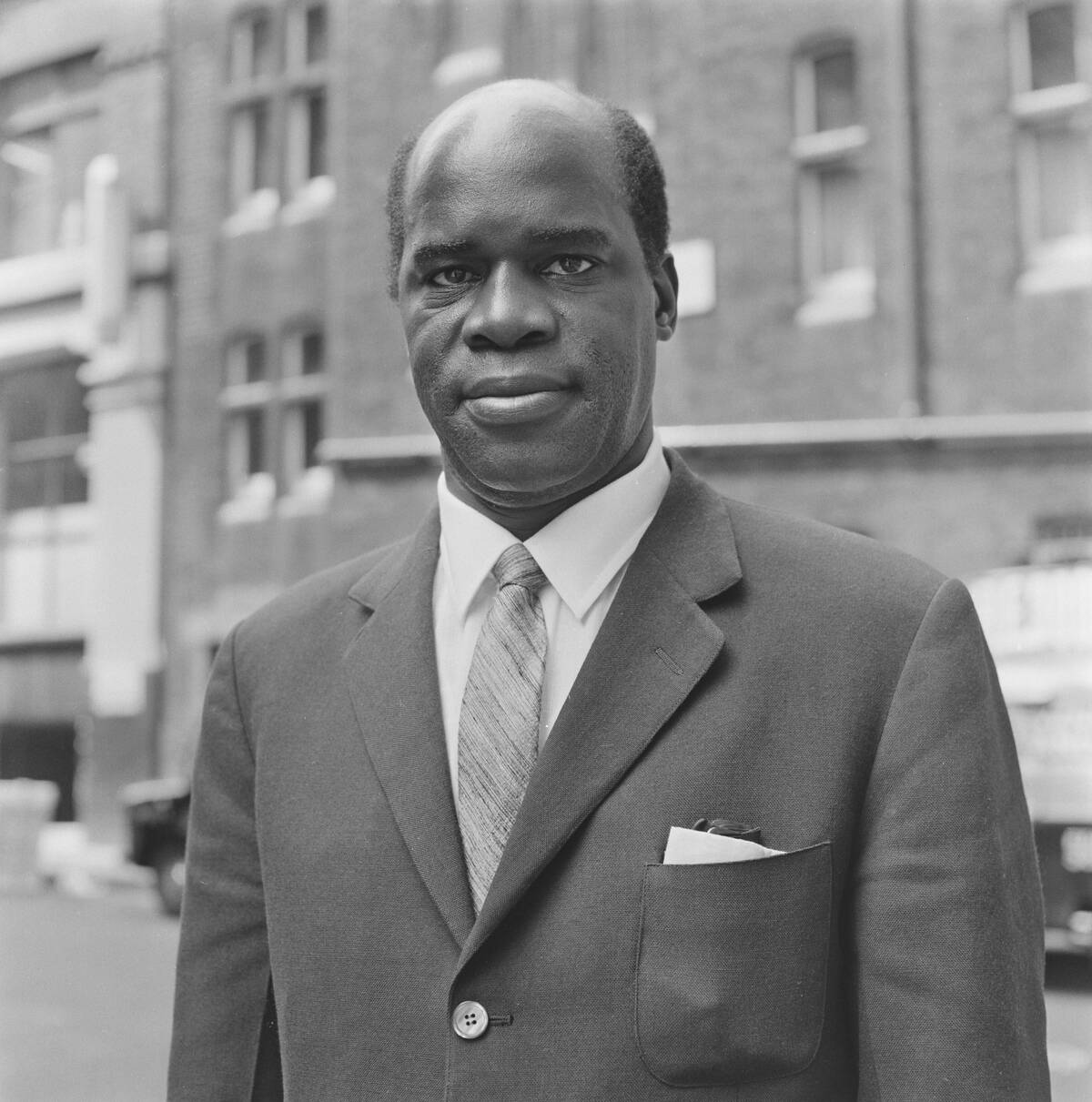
Operation Gladio was a clandestine NATO initiative to establish secret armies across Europe during the Cold War. These ‘stay-behind’ units were prepared to resist Soviet invasion, operating covertly in various countries. However, they also assassinated left-wing political figures in various countries, such as Eduardo Mondlane (pictured).
The existence of Gladio was not publicly acknowledged until the 1990s, sparking controversy and fringe theories. The operation highlighted the lengths to which Western governments were willing to go to counter potential Soviet aggression, often blurring the lines between defense and covert operations.
The D-Day Deception: Misleading Hitler’s Forces

The D-Day deception was a masterful strategy, codenamed Operation Bodyguard, designed to mislead the Germans about the Allied invasion of Normandy. Through fake radio transmissions, inflatable tanks, and a phantom army commanded by General Patton, the Allies created the illusion of an invasion at Pas de Calais.
This elaborate ruse successfully diverted German forces, contributing to the success of the actual D-Day landings. The operation exemplifies the use of deception and psychological warfare in military strategy, showcasing the creativity and cunning essential for victory.
Operation Ivy Bells: Tapping Undersea Cables

Operation Ivy Bells was a top-secret mission by the United States during the Cold War to tap Soviet undersea communication cables in the Sea of Okhotsk. The operation involved specially equipped submarines and divers installing listening devices on the cables, allowing the U.S. to gather crucial intelligence.
Despite its success, the operation was compromised by a spy within the NSA, highlighting the ever-present threat of espionage. Ivy Bells remains a fascinating example of the lengths nations go to gain a strategic advantage.
The Venona Project: Decoding Soviet Communications
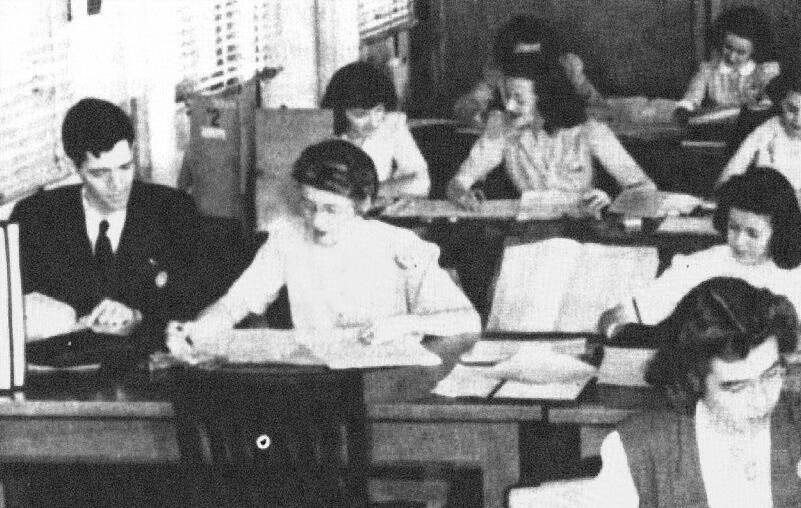
The Venona Project was a secret U.S. effort to decrypt messages sent by Soviet intelligence during and after World War II. Beginning in 1943, this operation exposed numerous Soviet spies operating in the United States, including some within government agencies.
The project’s success was crucial in understanding the extent of Soviet espionage, though it remained classified for decades. Venona’s revelations continue to shape historical perspectives on Cold War espionage, illustrating the intricate dance of codebreaking and counterintelligence.
Operation Northwoods: A False Flag Proposal
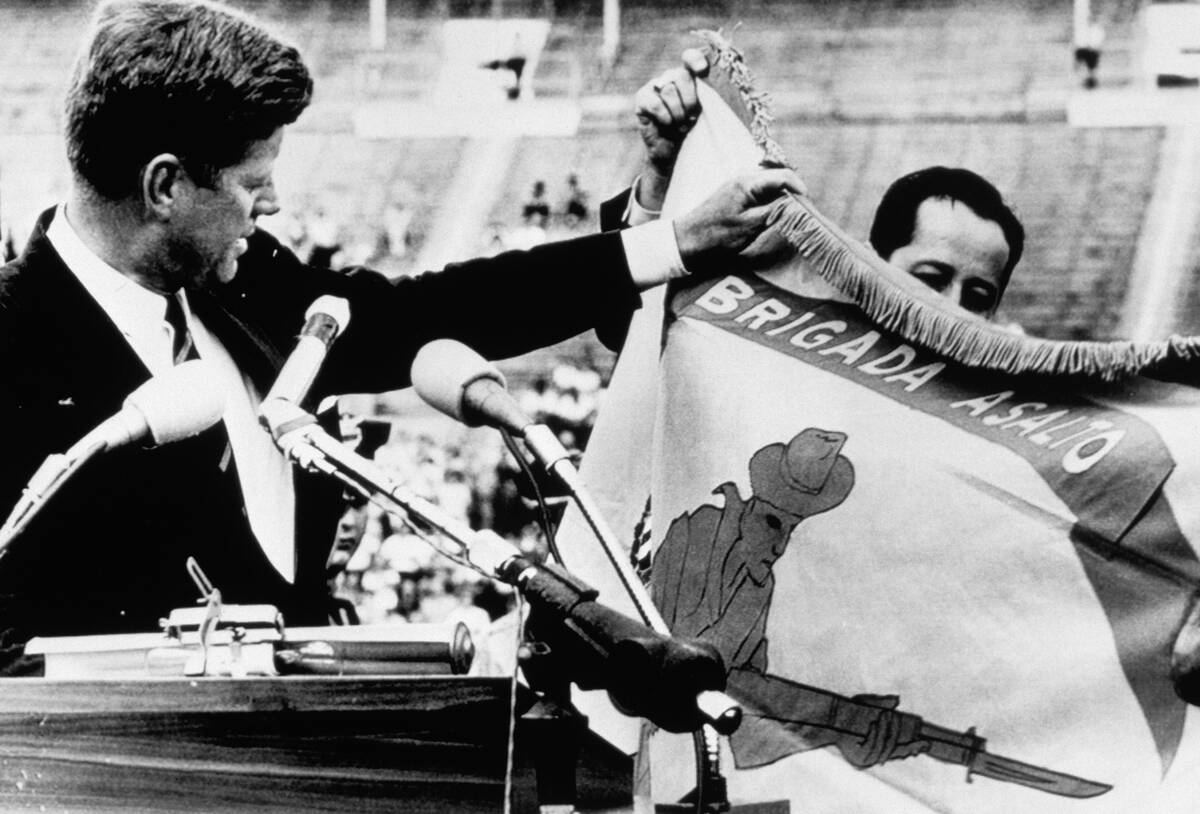
In the early 1960s, Operation Northwoods was a proposed false flag operation by the U.S. Department of Defense. The plan involved staging attacks on American soil and blaming them on Cuba to justify military intervention. Although never implemented, the proposal highlights the extremes considered during the Cold War’s ideological battles.
The plan’s declassification in the 1990s sparked debates about government transparency and the ethical boundaries of military strategy. Northwoods remains a chilling reminder of the potential for manipulation in pursuit of geopolitical goals.
The Cuban Missile Crisis: Spy Planes and Brinkmanship
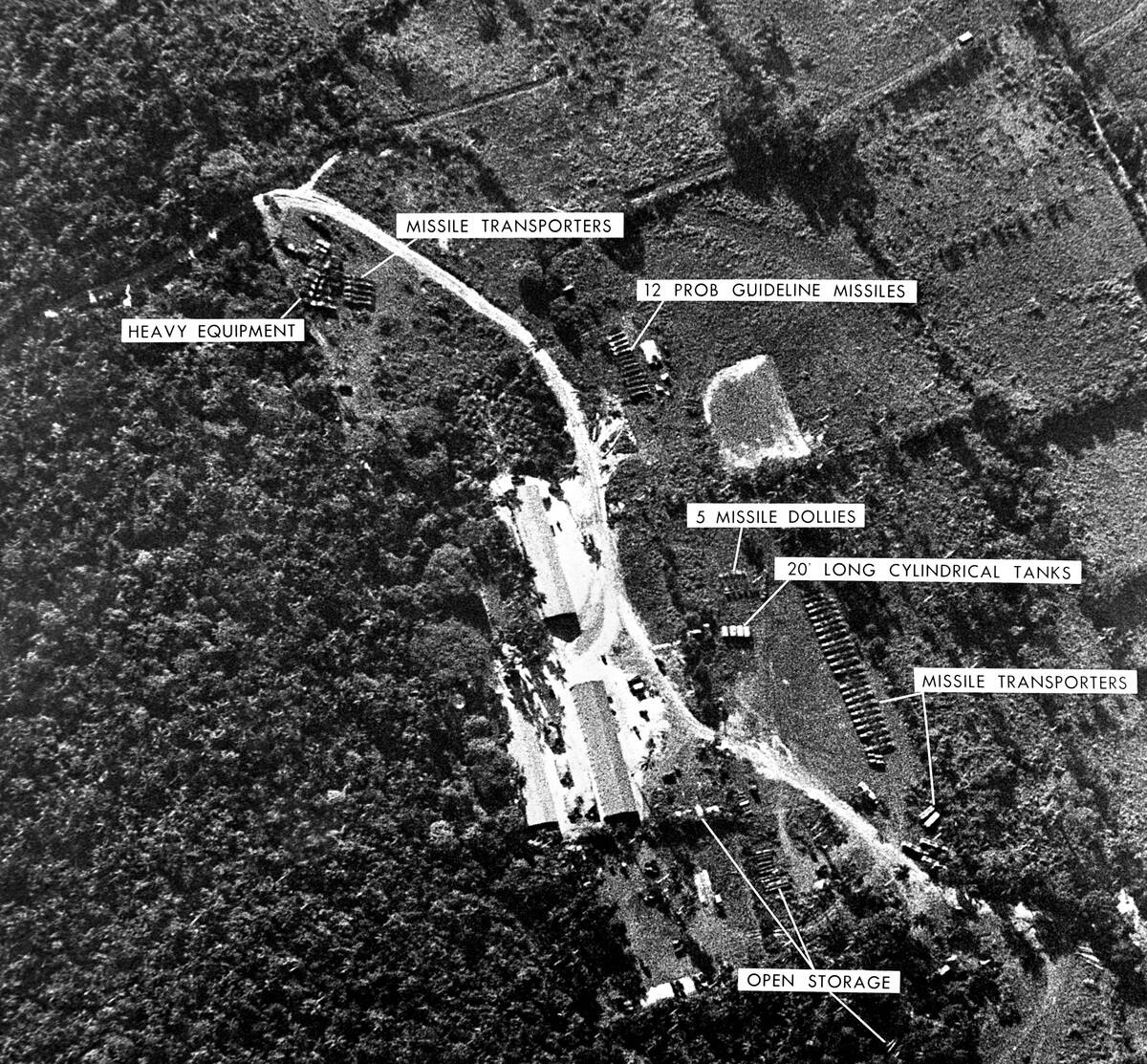
The Cuban Missile Crisis of 1962 was a tense 13-day standoff between the United States and the Soviet Union over Soviet missiles in Cuba. High-altitude U-2 spy plane photographs revealed the missile installations, prompting the U.S. to impose a naval blockade.
The crisis brought the world to the brink of nuclear war, which was ultimately resolved through intense diplomatic negotiations. This pivotal moment in Cold War history underscores the critical role of intelligence and the delicate balance of power that defined the era.
The Zimmermann Telegram: A Message that Pulled the U.S. into WWI
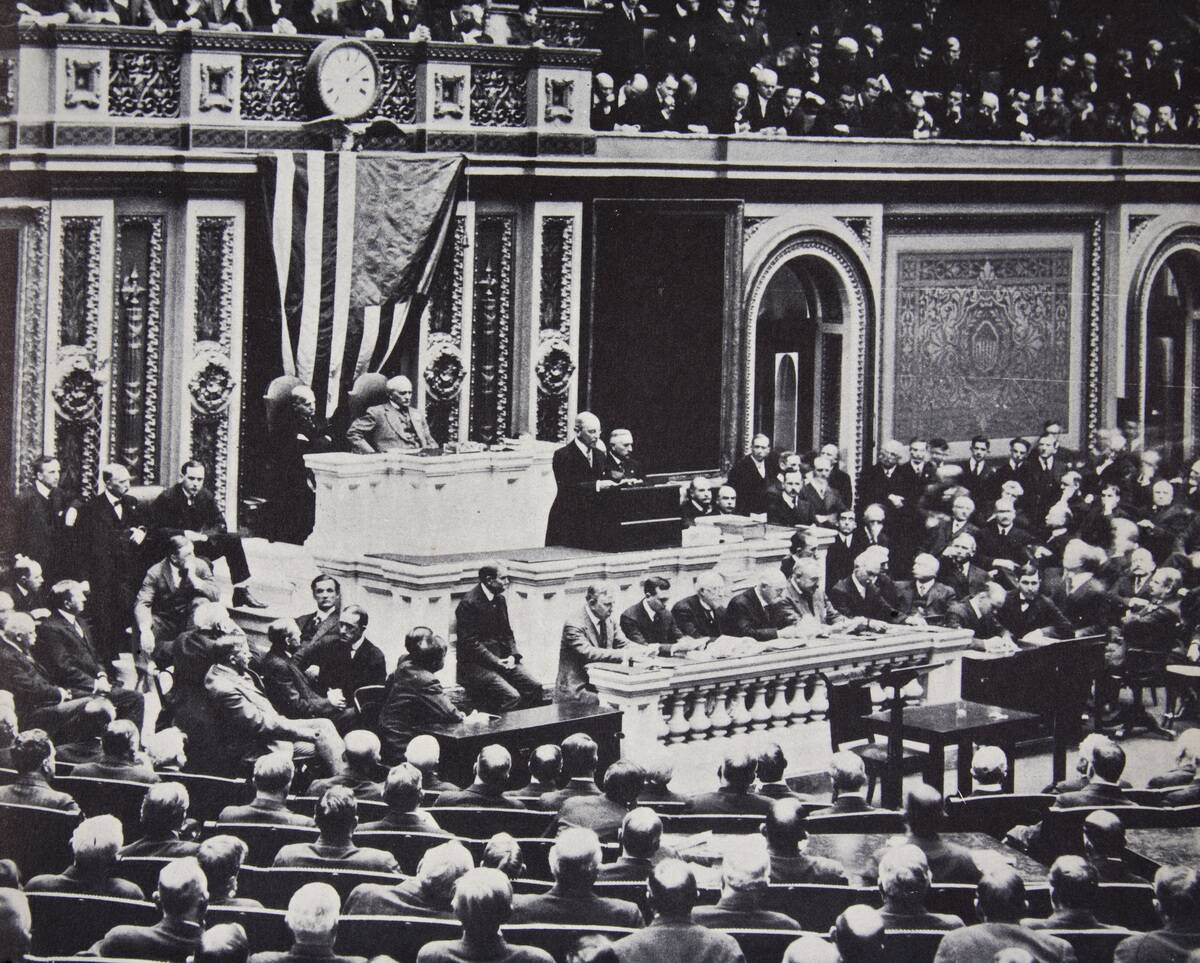
The Zimmermann Telegram was a secret communication from Germany to Mexico in 1917, proposing a military alliance against the United States. Intercepted and decoded by British intelligence, the telegram’s revelation inflamed American public opinion and contributed to the U.S. entering World War I.
The interception of the Zimmermann Telegram showcases the significant impact of intelligence on international relations, highlighting how a single piece of information can alter the course of history. Its discovery was a turning point in the war, emphasizing the power of codebreaking.
The Iran-Contra Affair: Secret Deals and Political Fallout
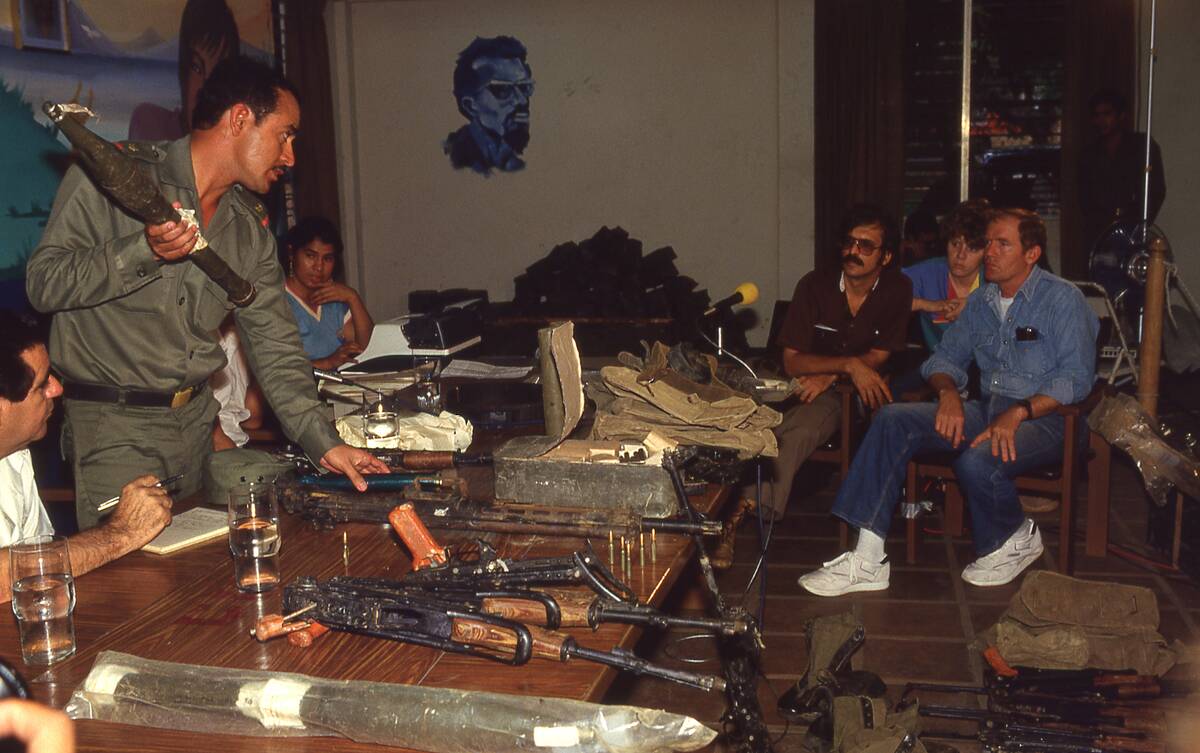
The Iran-Contra Affair was a political scandal in the 1980s involving secret U.S. arms sales to Iran, with proceeds funneled to support Contra rebels in Nicaragua. The operation defied official government policy and led to significant controversy and investigations.
The scandal exposed the complexities of covert operations and the potential for political fallout when clandestine activities are brought to light. It serves as a cautionary tale about the delicate balance between foreign policy goals and adherence to the rule of law.
Operation Ajax: The Coup in Iran that Shaped the Middle East

Operation Ajax was a covert operation by the CIA and British intelligence in 1953 to overthrow Iran’s democratically elected Prime Minister, Mohammad Mossadegh. The operation was motivated by concerns over oil nationalization and the spread of communism.
The coup reinstalled the Shah, leading to decades of authoritarian rule and anti-Western sentiment. Operation Ajax had profound implications for U.S.-Iran relations and reshaped the geopolitical landscape of the Middle East, illustrating the far-reaching consequences of foreign intervention in sovereign nations.



